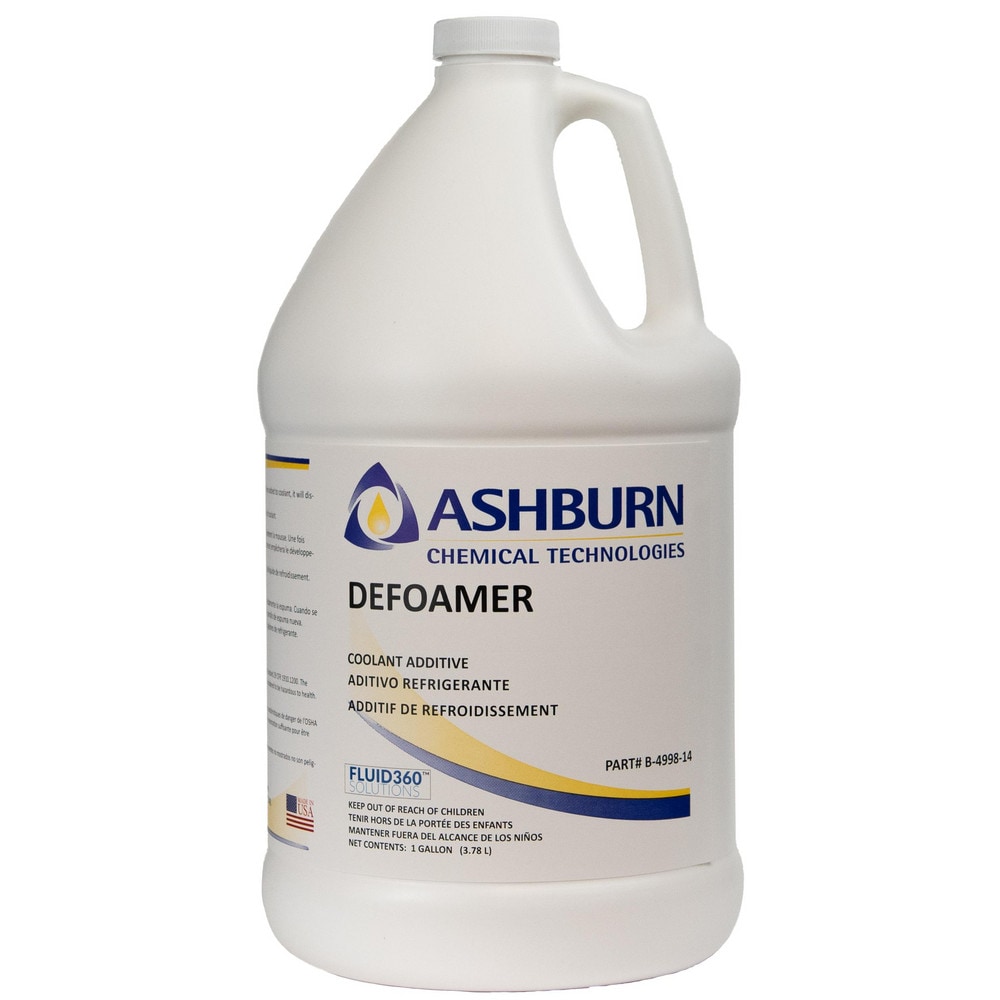How a Chemical Defoamer Can Improve Performance in Your Operations and Processes
In today's affordable industrial landscape, operational performance is extremely important, and the duty of a chemical defoamer can not be forgotten. By resolving foam-related obstacles that interrupt processes, defoamers not only assist in smoother procedures however also contribute to set you back financial savings and improved product quality.
Recognizing Chemical Defoamers
Chemical defoamers play an essential role in numerous commercial processes by efficiently protecting against and minimizing foam formation. Foaming can result in functional inadequacies, boosted production prices, and jeopardized product top quality. Defoamers are specialized chemical ingredients made to interfere with the stability of foam bubbles, thereby making it possible for smoother processing and improved efficiency across numerous markets, including food and beverage, drugs, and wastewater treatment.

These agents commonly consist of surfactants, oils, or polymeric substances that lower the surface area tension of the liquid, promoting the collapse of foam. The device through which defoamers operate often involves the destabilization of foam frameworks, enabling quicker water drainage of liquid and the launch of trapped air. Various formulations are customized to particular applications, thinking about elements such as compatibility with the system, temperature level, and the nature of the liquid being treated.
Recognizing the composition and performance of chemical defoamers is important for selecting the appropriate product for an offered application. By optimizing defoamer choice based upon process demands, sectors can improve functional efficiency, reduce foam-related difficulties, and eventually enhance total performance.
Benefits of Utilizing Defoamers
Utilizing defoamers can dramatically enhance operational effectiveness across various markets by properly mitigating foam-related concerns. The presence of foam can interrupt procedures, resulting in increased downtime, reduced performance, and possible top quality degradation in final product. Defoamers help fight these difficulties by damaging down foam frameworks, therefore enabling smoother procedures.
Among the key advantages of using defoamers is the reduction of waste and rework. By reducing foam formation, defoamers enhance the consistency of processes, ensuring that materials are utilized successfully. This not just decreases functional expenses however likewise adds to sustainability efforts by decreasing resource usage.
Furthermore, defoamers can enhance product quality. In manufacturing setups, too much foam can bring about incongruities in item attributes, impacting customer satisfaction. By controlling foam degrees, defoamers aid preserve the preferred physical homes of products.

Applications in Various Industries
The efficiency of defoamers prolongs throughout a vast range of industries, where their application addresses certain foam-related obstacles inherent to each industry. In the food and drink sector, defoamers are crucial for optimizing production processes, such as brewing and dairy products processing, where excessive foam can hinder flow prices and minimize efficiency. By reducing foam, these agents improve product high quality and consistency.
In the chemical manufacturing market, defoamers are utilized in procedures like paint manufacturing and wastewater therapy. Here, they avoid foam formation that can interfere with mixing and separate phases, thus improving the overall effectiveness and performance of procedures.
In drugs, defoamers play a crucial function in the formula of liquid medications, guaranteeing proper dosage and security by regulating foam throughout blending and storage. (Chemical Defoamer)
Additionally, in the agricultural sector, defoamers are made use of in chemical formulas to improve application efficiency and decrease waste.
Choosing the Right Defoamer
Selecting the suitable defoamer is essential for achieving optimum efficiency in different applications. The selection procedure ought to begin with a complete understanding of the particular concerns at hand, including the kind of foam present, the processing conditions, and the chemical compatibility with various other formulation elements.
Defoamers are formulated from a selection Going Here of materials, including silicone, mineral oils, and fats. Identifying the ideal structure is vital, as different products exhibit differing efficiency in diverse atmospheres. Silicone-based defoamers are commonly favored in high-temperature applications due to their security, while organic defoamers might be extra ideal for water-based systems.
Additionally, take into consideration the defoamer's effect on the end product. Some solutions can alter the visual or functional residential properties, making it crucial to select a defoamer that satisfies item specs without endangering quality.
Checking is another important step in choosing a defoamer. Small-scale trials can give valuable understandings right into the defoamer's performance, permitting changes before full-blown application. By carefully evaluating these aspects, organizations can enhance effectiveness and make certain that the defoamer effectively satisfies their functional demands.
Best Practices for Application
Applying a defoamer effectively needs cautious preparation and adherence to ideal practices to maximize its performance. First, carry out a detailed analysis of the details application and foam characteristics. Understanding the kind and source of foam will direct the choice of the most appropriate defoamer formulation.
Next, establish the optimal dosage (Chemical Defoamer). Begin with a small test to determine the minimum effective concentration, as excessive usage can lead to adverse effects on item top quality or functional efficiency
Tracking and readjusting the application approach is critical; ensure that the defoamer is introduced at the best point while doing so for maximum impact, such as throughout blending or quickly after foam development.

In addition, keep clear communication with all appropriate employees to ensure constant application practices and to share understandings on performance outcomes.
Conclusion
In final thought, the usage of chemical defoamers plays an essential function in improving functional effectiveness throughout diverse sectors. Inevitably, the unification of defoamers right into commercial procedures promotes dependability and contributes to overall performance enhancement.

In the food and beverage market, go to these guys defoamers are crucial for enhancing manufacturing procedures, such as brewing and dairy products handling, where too much foam can hinder flow prices and lower efficiency. Silicone-based defoamers are commonly preferred in high-temperature applications due to their stability, while organic defoamers may be a lot more ideal for water-based systems.